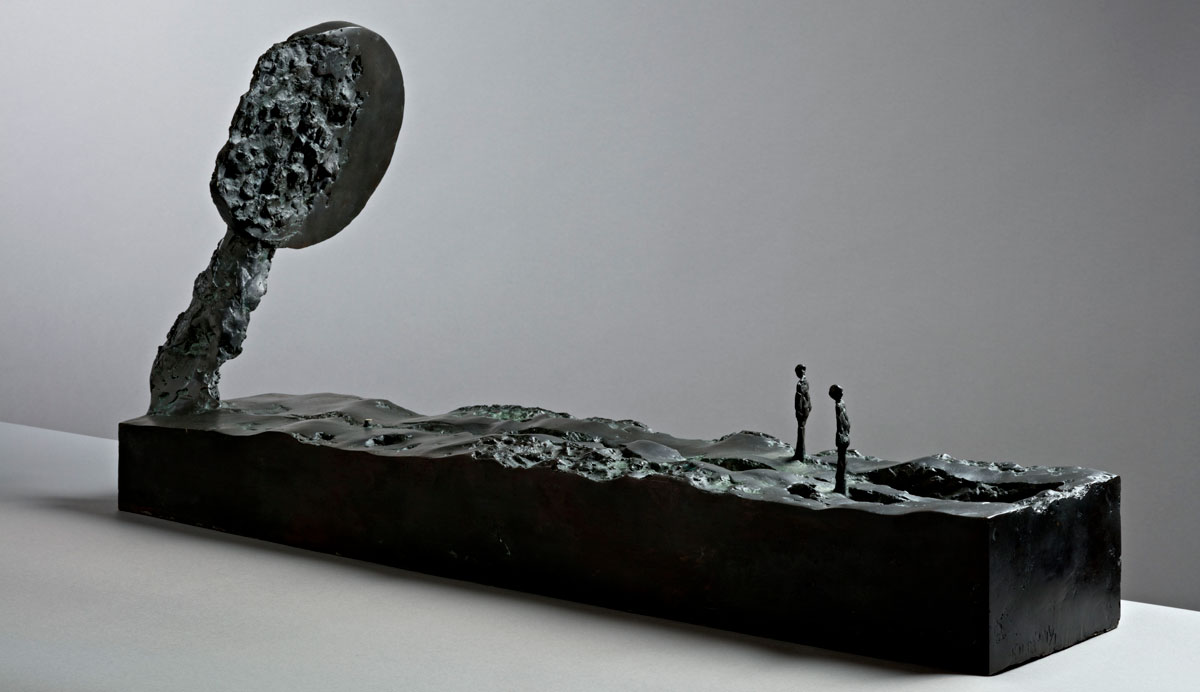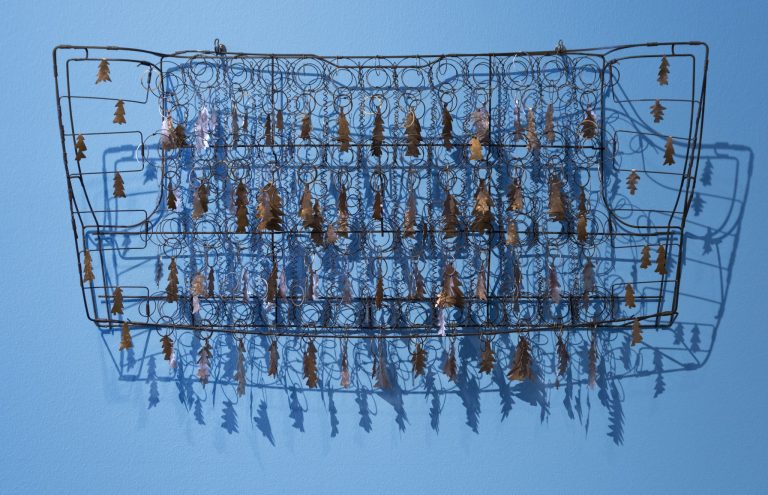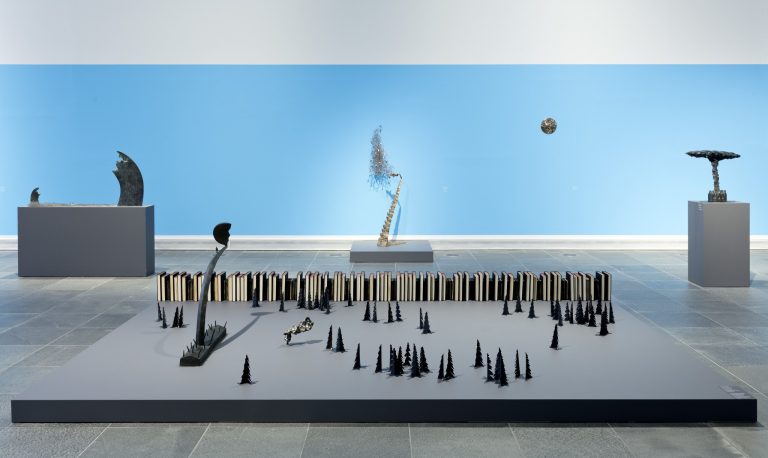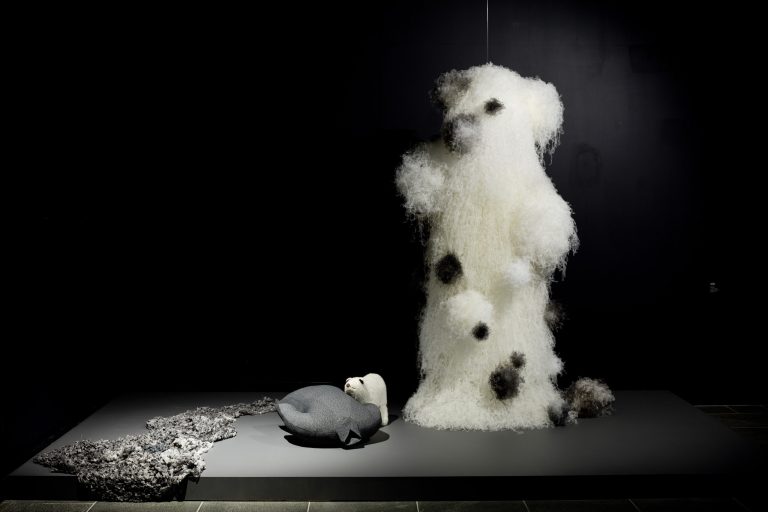Through her career that has spanned four decades, the works of Oulu-based sculptor Riitta-Alina Helevä (born 1951 in Tuira, Oulu) have always been based on the landscape. The artist speaks of her career as a path that always leads somewhere but also makes one lose one’s way at times. Greatly enjoying the twists and turns, the artist says she repeatedly seeks out landscapes that allow her to see into the distance as far as possible. Whether it is the sweeping horizon of the fields of Ostrobothnia, the logging sites in the hills near Lake Kitka or the lava fields of Iceland, walking, to her, is primarily about presence and a desire to see. The landscape is a companion – a friend and a beloved.
Riitta-Alina Helevä has renewed Finnish sculpture with her landscape sculptures, and in 1986 she was awarded the State Prize for Fine Arts.
In the 1980s, the artist moulded her lowlands and lunar landscapes in clay and cast them in bronze in the former foundry of an old machine workshop in Pikisaari, an island near downtown Oulu. In the 1990s, she adopted new techniques, including moulding with plaster and polyurethane. In the new millennium she has continued her search for the essence of the landscape. In addition to hard materials, she now uses birch bark and especially black nylon and tulle.
In her present work, Riitta-Alina Helevä increasingly expresses herself through installations and open-ended artistic processes. Play, amazement and fascination are the artist’s key resources. The most important thing, however, is to be constantly on the move: to search and to ask questions.
Riitta-Alina Helevä graduated from the Department of Ceramics at the University of Art and Design in 1981. In the same year, she was invited to design and launch a modern sculpture curriculum at the Liminka Art School. In 1982, she returned to her hometown Oulu and has since that lived and worked in Pikisaari in Oulu. Over her long career, Riitta-Alina Helevä has also created public works, including a series of works at the Oulu Cathedral: The Burning Bush missionary candelabrum (1999) and the Wing monument (2005) in the churchyard.
The extensive exhibition of the artist’s entire career brings together her output from the 1970s to the present day. In the large gallery on the ground floor the blue sky connects moments lived in the landscape, while in the dark Tasku exhibition space a starlit night falls on the fields while the sky shines with a golden moon.
We wish to extend our heartfelt thanks to Arts Promotion Centre Finland and to everyone who made the artworks exhibited available.





